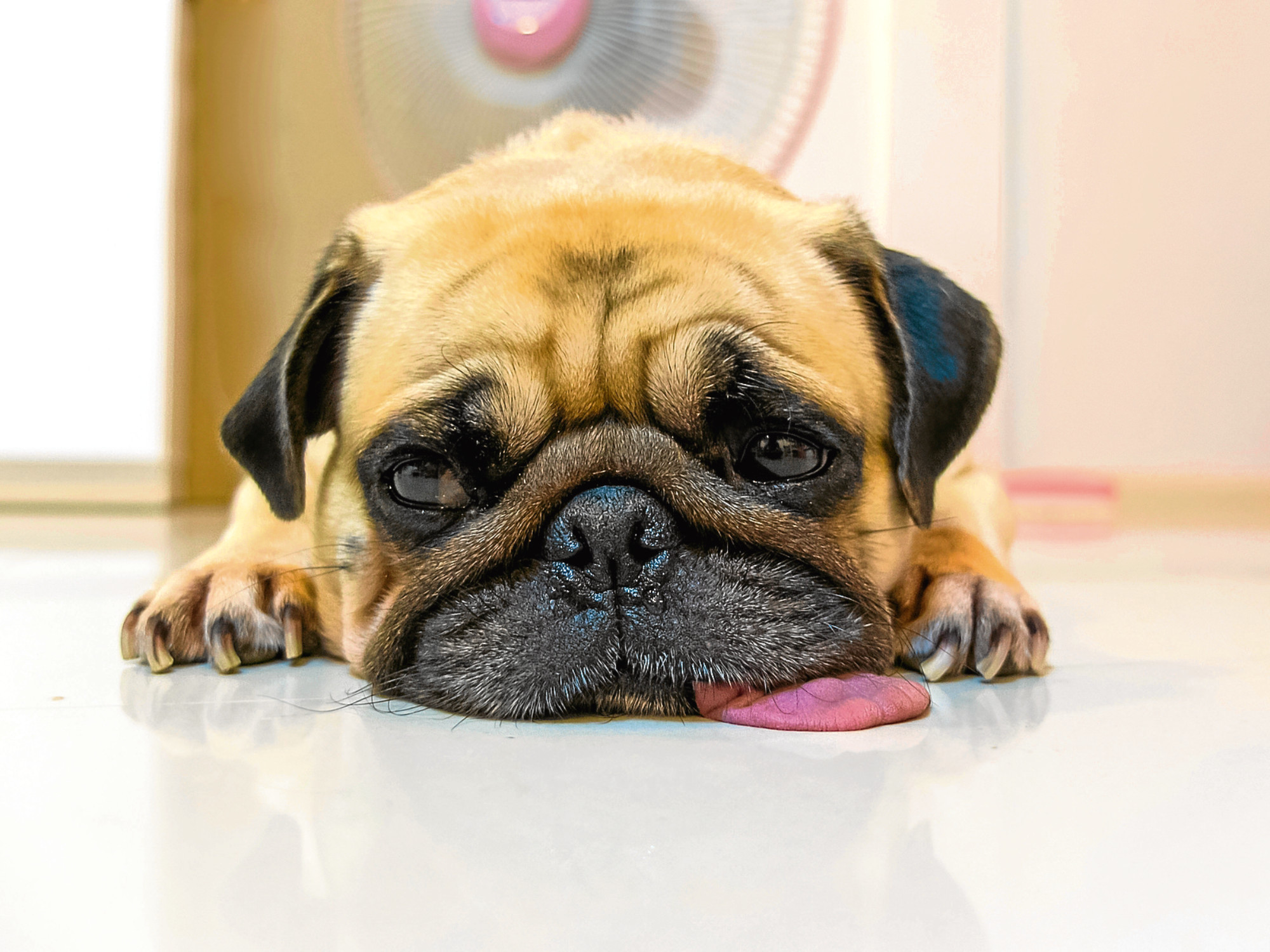
HAY fever is one of the less-pleasant things summer can bring, and we humans take every precaution we can if it affects us.
However, not many of us realise that such seasonal ailments can affect our pets just as much, and we could help a lot if we did.
The pollen count rise at this time of year can make it an unbearable season for dogs, and a 2012 survey showed that almost half of pet owners — 44% — didn’t realise their animals can suffer from hay fever and other allergies.
They all admitted they wouldn’t be able to tell if their dogs were suffering, and MedicAnimal, a leading UK pet healthcare retailer, has put together a list of signs to look out for.
“While some of us suffer more than others when it comes to seasonal allergies such as hay fever, it’s important to know that pets can have reactions too, often worse than humans,” warns Andrew Bucher, co-founder and Chief Veterinary Officer at MedicAnimal.
“What may cause a sneeze or a cough for us may lead to painful rashes or swollen paws. We all need to look out for changes to our pets’ behaviour and appearance.”
Just as with humans, hay fever can cause cats and dogs to suffer from respiratory issues such as sneezing, wheezing and coughing.
However, even if your pet demonstrates such ailments, it’s apparently far more likely they will show signs of allergic dermatitis such as very itchy skin and swollen paws or inflamed ears.
Your pet may bite or chew certain parts of its body, or the dermatitis may be present in a more generalised manner across its body.
Pets may rub their faces or bodies against furniture or carpet in order to try to relieve their itchiness.
If left untreated, the skin will become inflamed, reddened and tender. You may even spot areas that have hair loss or open sores.
Dogs, especially mid/long-haired ones, may develop hot spots.
They are usually red and pretty angry looking, can appear wet and sticky and are a result of overgrowth of normal bacteria.
Pets with allergies can also show problems with their ears, especially dogs.
The ear canals may become inflamed and itchy and may appear in isolation or in combination with a generalised allergic response.
Common signs to look out for include scratching of the ears, head shaking, and hair loss. In severe cases, look out for discharge.
Clearly, the first thing to do is to see your local vet. They will be best placed to decide on the initial approach to take with your itchy pet, and whether the allergy is seasonal or food related.
The use of frequent baths to wash away the allergens on the coat and skin will help, as will using grain-free shampoos.
You might also want to purchase an air purifier, which removes allergens in the home, or try covering your pet’s bedding with dustmite covers, as mites are very common dust allergens.
READ MORE

Enjoy the convenience of having The Sunday Post delivered as a digital ePaper straight to your smartphone, tablet or computer.
Subscribe for only £5.49 a month and enjoy all the benefits of the printed paper as a digital replica.
Subscribe